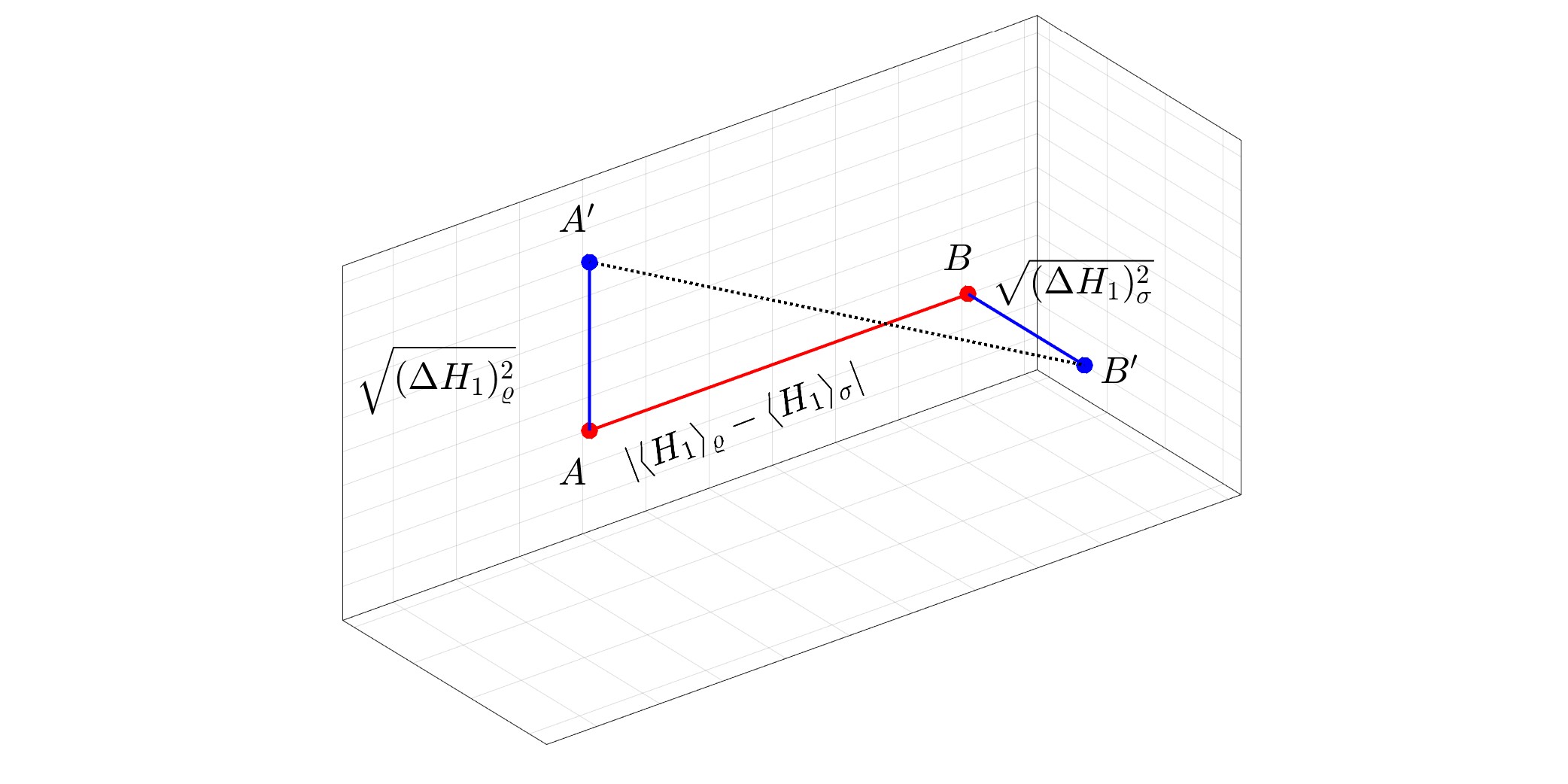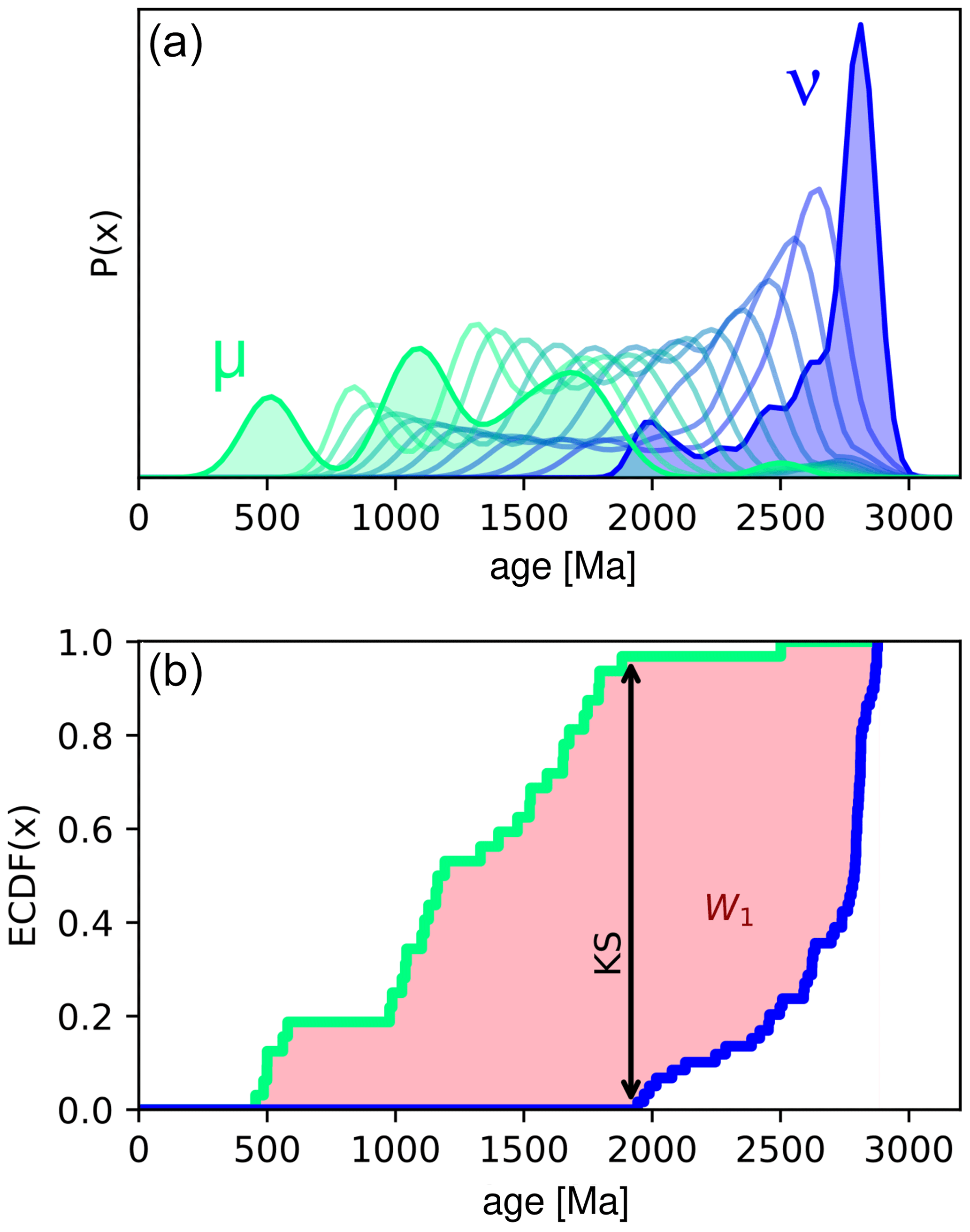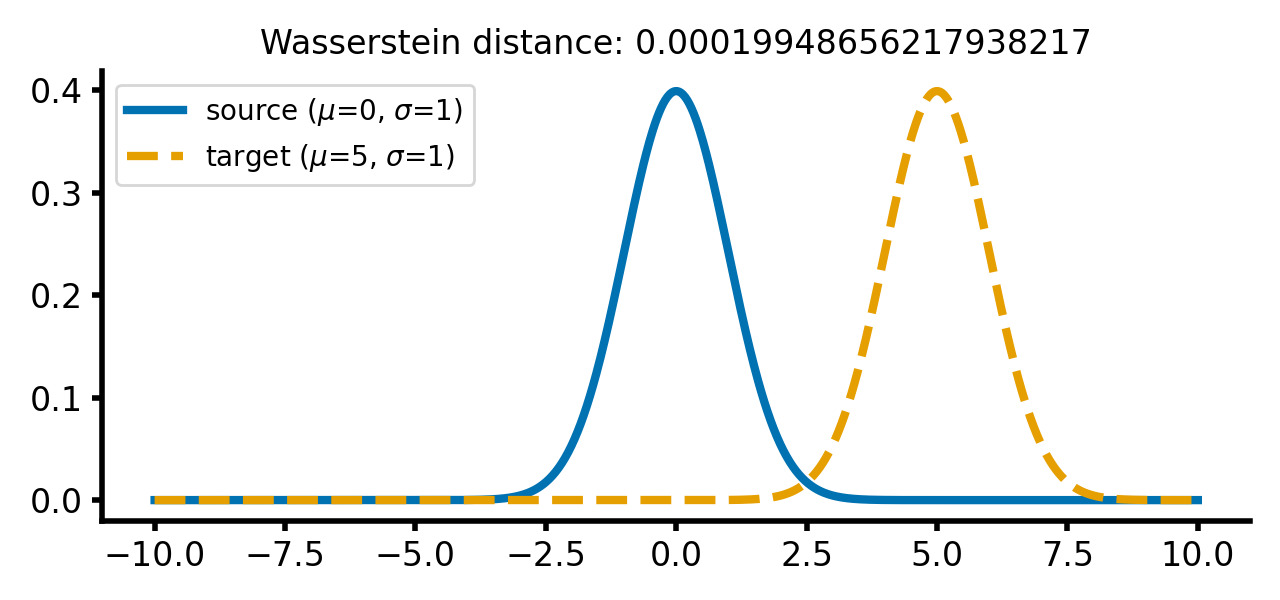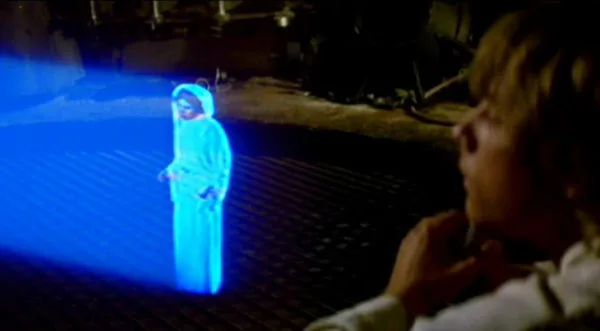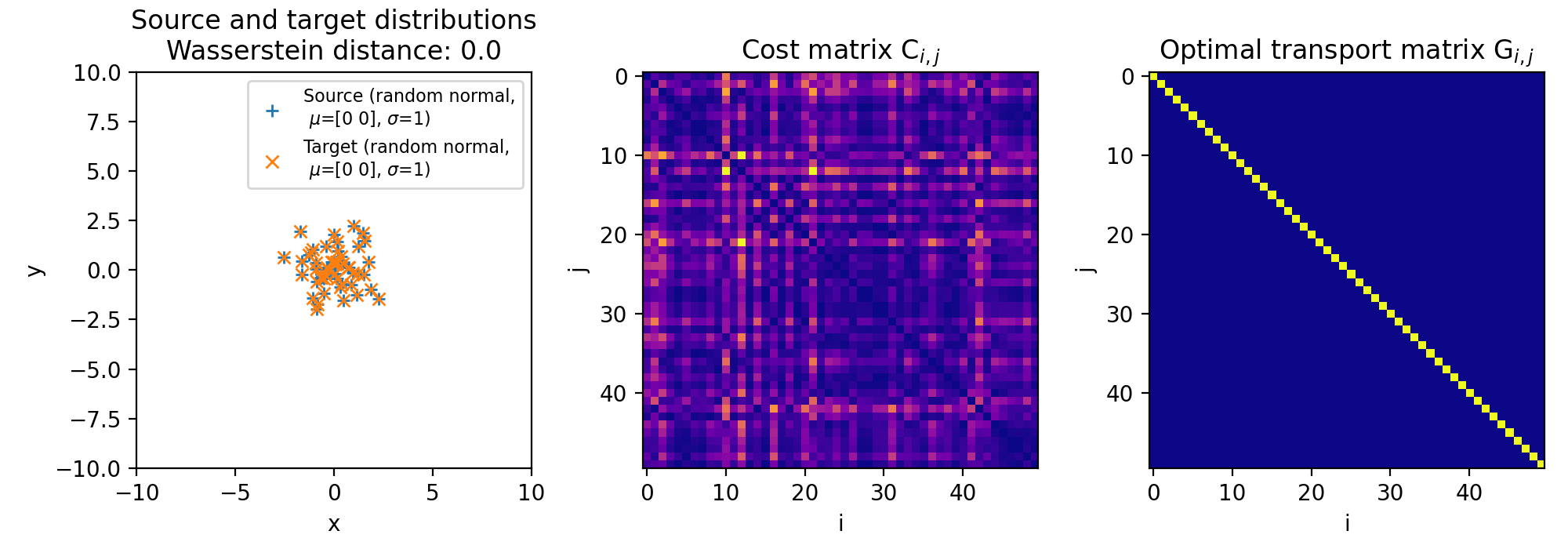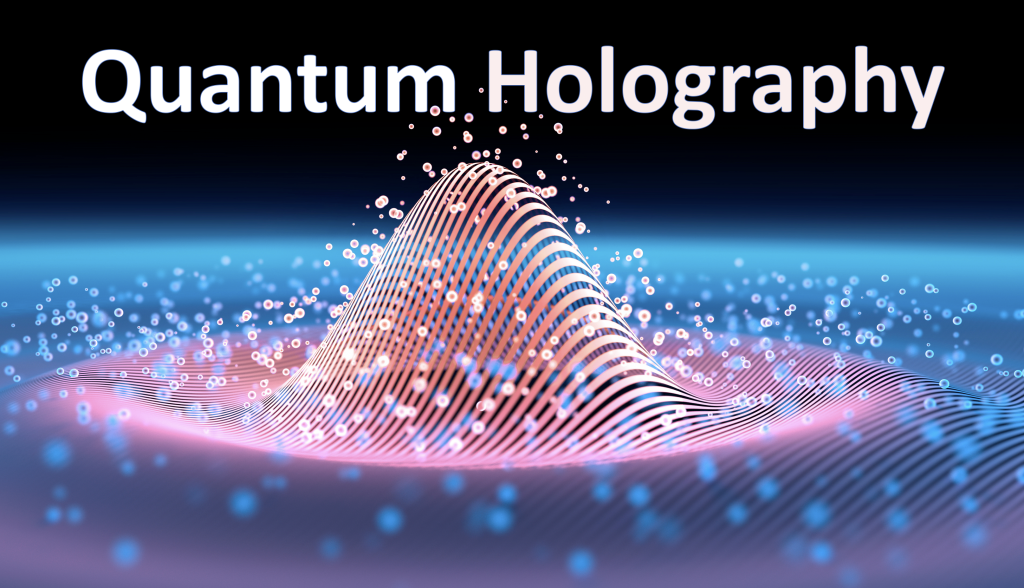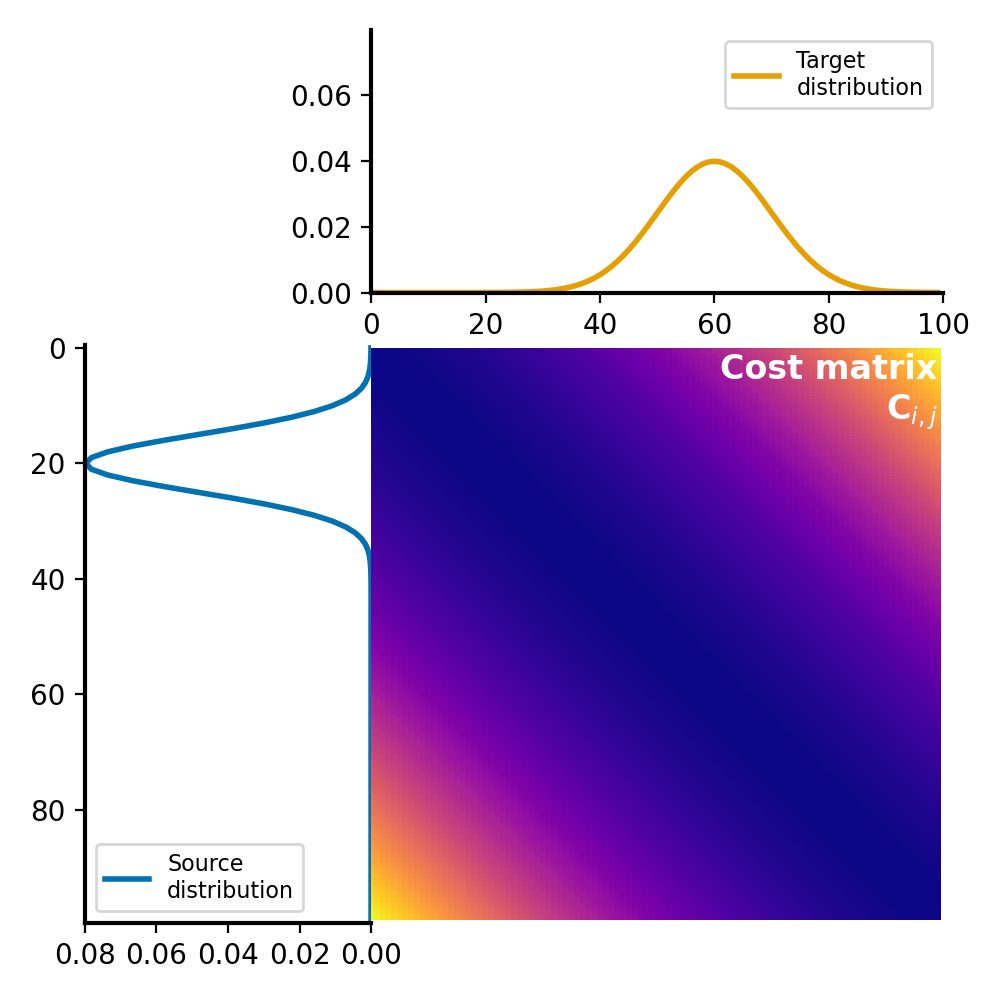Microcloud Hologram Wasserstein Distance Quantum Theory

The very fabric of reality, long thought to be governed by the rigid laws of classical physics, is facing a profound reassessment. A nascent field, born at the intersection of quantum mechanics, advanced mathematics, and holographic principles, promises to revolutionize our understanding of the universe. This emerging area is being called Microcloud Hologram Wasserstein Distance Quantum Theory.
At its core, this theory suggests that information about the universe is not stored locally, but rather encoded on a distant boundary, akin to a holographic projection. It further posits that quantum phenomena, traditionally viewed through the lens of probability and uncertainty, can be described and predicted with greater accuracy by considering the 'distance' between probability distributions in a high-dimensional space, leveraging a mathematical concept called the Wasserstein distance. The potential implications are staggering, from faster drug discovery to more efficient quantum computing and a deeper comprehension of black holes.
Unpacking the Theory: Holograms, Quantum Mechanics, and Wasserstein Distance
The conceptual foundation rests on the holographic principle, a daring proposition in theoretical physics. It postulates that all the information contained within a volume of space can be represented on its boundary. Think of it like a hologram, where a two-dimensional surface encodes a three-dimensional image.
The holographic principle has gained traction due to its potential to resolve the black hole information paradox. This paradox questions what happens to information swallowed by a black hole, seemingly violating the fundamental law of information conservation. The holographic principle offers a solution: the information isn't destroyed; it's encoded on the black hole's event horizon.
Then comes quantum mechanics, the theory that governs the behavior of matter at the atomic and subatomic levels. Quantum mechanics is inherently probabilistic; we can only predict the likelihood of certain outcomes. This contrasts with classical physics, where, in theory, everything can be predicted if we know the initial conditions.
Microcloud Hologram Wasserstein Distance Quantum Theory offers a novel approach to bridging this gap. By incorporating the Wasserstein distance, the theory proposes a more nuanced way to understand the evolution of quantum states. The Wasserstein distance, also known as the Earth Mover's Distance, quantifies the amount of "work" needed to transform one probability distribution into another.
In this context, it allows researchers to compare and contrast different quantum states, even when they appear wildly dissimilar at first glance. This could lead to more accurate predictions of quantum phenomena. The term "Microcloud" refers to a computational approach where complex calculations are distributed across a network of small, interconnected processing units, enhancing efficiency and scalability.
Potential Applications: Beyond Theoretical Physics
The applications of this nascent theory extend far beyond pure theoretical physics. One promising area is drug discovery.
Understanding the quantum behavior of molecules is crucial for designing effective drugs. Microcloud Hologram Wasserstein Distance Quantum Theory could provide a more efficient way to simulate molecular interactions and predict the efficacy of drug candidates. This will help in faster and cheaper medicine discovery.
Another significant area is the development of quantum computing. Quantum computers promise to solve problems that are intractable for classical computers, such as breaking modern encryption algorithms and simulating complex materials. The theory could contribute to building more stable and reliable qubits, the fundamental building blocks of quantum computers, by better understanding and managing quantum decoherence (the loss of quantum information).
Furthermore, the implications for our understanding of the early universe are profound. By refining our models of quantum gravity, the theory could shed light on the conditions that prevailed shortly after the Big Bang. This could provide clues about the origin of the universe and the fundamental laws that govern its evolution.
Challenges and Criticisms: A Field in its Infancy
Despite its immense potential, Microcloud Hologram Wasserstein Distance Quantum Theory is still in its early stages of development. There are significant challenges that need to be addressed before it can become a fully fledged scientific theory.
One of the main criticisms is the complexity of the mathematics involved. Calculating the Wasserstein distance in high-dimensional spaces can be computationally demanding. This is the reason the "Microcloud" computation approach is so important.
Another challenge is the lack of direct experimental evidence. The predictions of the theory are often difficult to test experimentally, due to the extreme conditions required to observe quantum gravity effects. However, some researchers are exploring ways to test the theory indirectly, by looking for subtle signatures in cosmological data or by simulating the theory on quantum computers.
Future Directions: A New Era of Understanding
Despite these challenges, the future of Microcloud Hologram Wasserstein Distance Quantum Theory is bright. As computational power increases and new experimental techniques are developed, we can expect to see significant progress in this field.
One promising direction is the development of more efficient algorithms for calculating the Wasserstein distance. Researchers are also exploring new mathematical tools for analyzing quantum data and extracting meaningful information. The synergy between advanced computation techniques and refined theoretical models will become the norm.
Furthermore, collaborations between physicists, mathematicians, and computer scientists will be essential for advancing the field. By combining their expertise, researchers can tackle the complex challenges that lie ahead and unlock the full potential of Microcloud Hologram Wasserstein Distance Quantum Theory. This may be the start of the next revolution in science.



